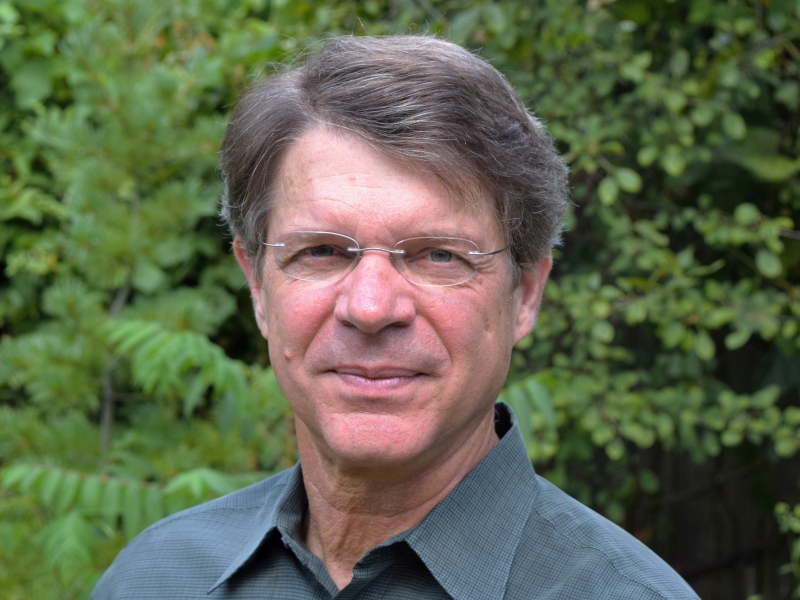The Living Food Challenge
Richard V. Piacentini, WELL AP | President and CEO, Phipps Conservatory and Botanical Gardens and Board Member, International Living Future Institute
Watch This Presentation:
Richard Piacentini, President and CEO of Phipps Conservatory and Botanical Gardens and a board member for the International Living Future Institute, shares the Institute's pilot program for transforming the way food is produced, processed and distributed while also providing transparent nutrient information in his presentation entitled "The Living Food Challenge"
International Living Future Institute, known for creating the Living Building Challenge, is in the process of implementing a pilot program that is focused on promoting a regenerative path to the future of food: The Living Food Challenge 1.0
While ILFI has previously been focused on reducing the global carbon footprint through rigorous green building certifications, they have shifted their focus to a living food system designed to feed the world. The interconnected vision of the program is a society that is culturally rich and socially just, a goal that the food industry is looking to move towards. Evolving standards means seeking more efficient ways of doing things, and the Living Food Challenge looks to address food's impacts holistically from cradle to plate. This includes the impacts from primary producers to secondary producers to distributors, and what needs to change in order for the global population to benefit.
The challenge includes a set of imperatives, Richard details, to provide an understanding of what a sustainable food system looks like. Among these imperatives are ingredient transparency and a nutrition red list of ingredients that are unacceptable, such as artificial colors, mercury, and BPAs. Also included in the set of imperatives is a breakdown of food miles, detailing how far the ingredients had to travel to get to their destination in hopes of reducing carbon emissions caused by transportation. All of the included imperatives come together in the form of a nutrition label, outlining for the consumer exactly what is in the product, where it came from, and the practices involved in its production. This clear information directly on the product, will educate consumers on what goes into what they eat, and allow them to form conscientious habits and save the ecological food system in the process.
Additional Resources:

About the Speaker
Richard has led the green transformation of Phipps Conservatory and Botanical Gardens, including construction of the Center for Sustainable Landscapes, the only building in the world to meet Living Building Challenge™, LEED® Platinum, WELL™ Platinum, and SITES™ Platinum certifications. Richard is interested in the connection between people and plants particularly as it relates to human and environmental health. He has received numerous professional honors, including APGA, ILFI and USGBC leadership awards.




